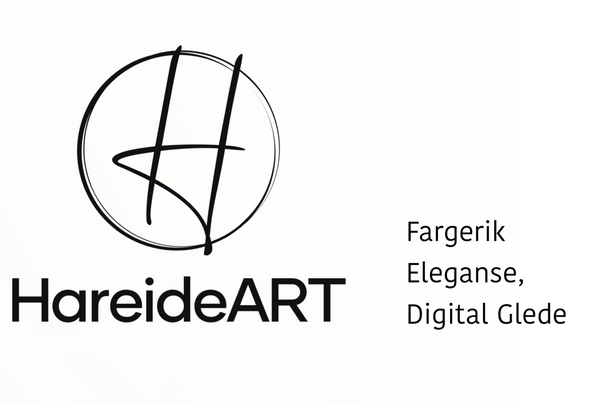Here are some tips to effectively search engine optimize your art website:
-
Keyword research: Start by doing thorough research on keywords that are relevant to your type of art and your target audience. Use tools like Google Keyword Planner to find popular and relevant keywords.
-
Optimize your website: Make sure your website is optimized for search engines by including your keywords in meta descriptions, title and header texts, and alt text for images.
-
Write relevant and original content: Write relevant and original content that includes your keywords and attracts and engages your visitors. Feel free to write blog posts, articles or other content that gives insight into your work process, inspiration and techniques.
-
Link to other websites: Build links from other websites to your website, and link to other relevant websites from your website. This can increase your visibility and authority, and help you rank higher on search engine results pages.
-
Optimize Images: Optimize your images by giving them relevant names and descriptions that include your keywords. This will help search engines identify your images and display them in search results.
-
Use structured data: Use structured data on your website to help search engines better understand your content. Structured data can include things like the artist's name, title of the work, description, size, medium and price.
-
Update regularly: Update your website regularly with new content, including new artwork, blog posts or other content that may be of interest to your target audience.
-
Monitor the results: Monitor the results of your search engine optimization, using tools such as Google Analytics, to see how your website is performing. This can help you adjust and improve your tactics to achieve better results.
Search engine optimization can take time and require a lot of work, but it can also be an effective way to increase visibility and attract more visitors to your website and artwork.


